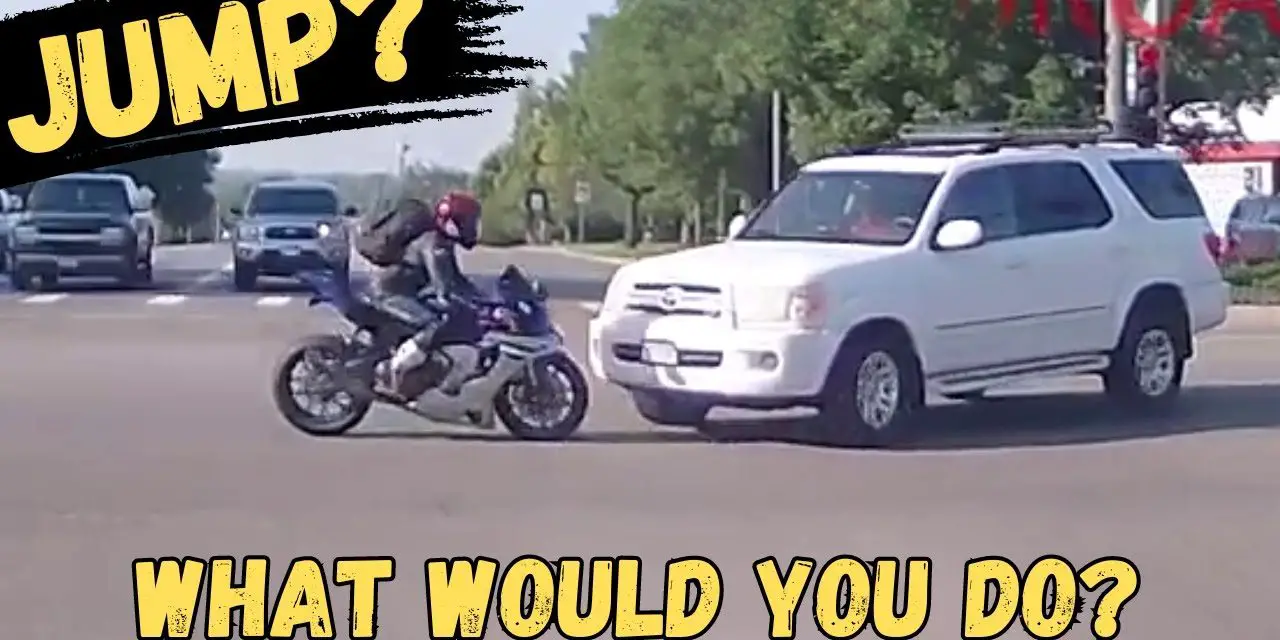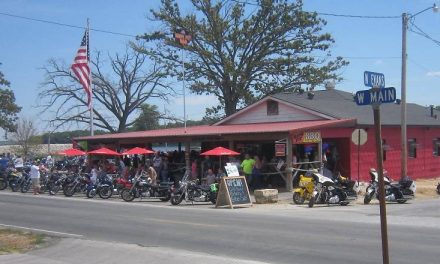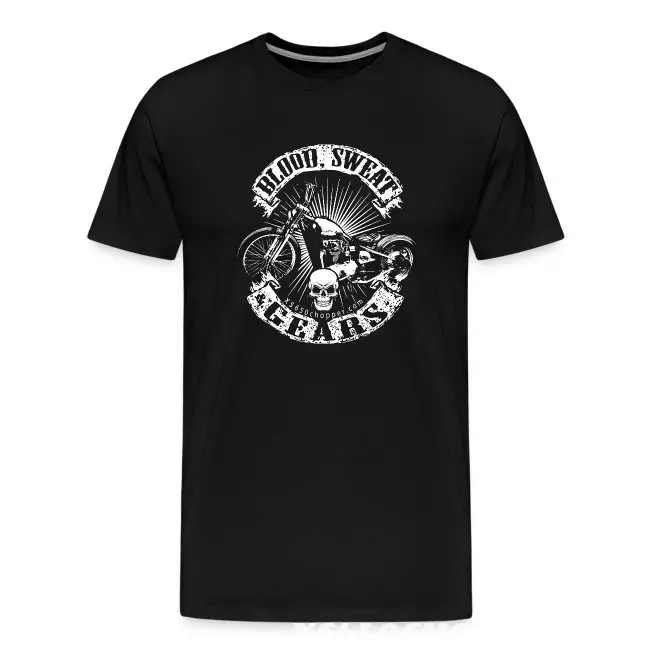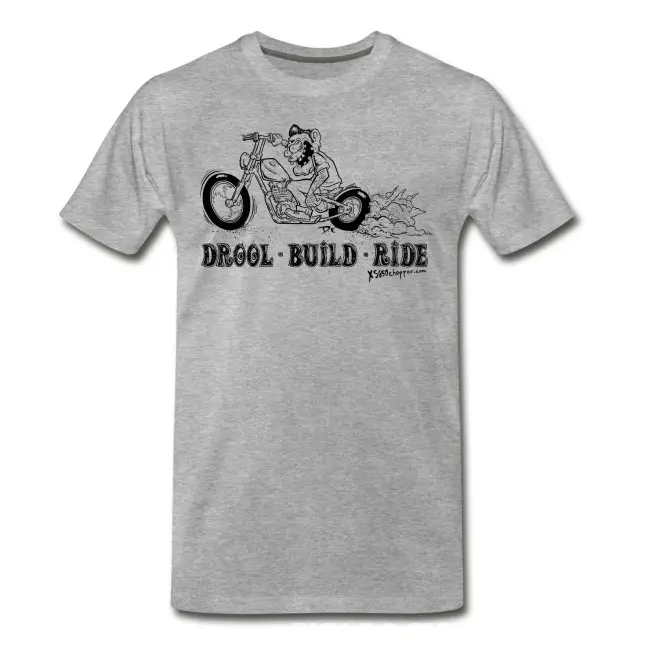When you’re out riding your motorcycle, the last thing you want is to find yourself in a dangerous situation where a collision seems imminent. However, it’s crucial to be prepared for such scenarios, especially when it comes to dodging a car that might cross your path unexpectedly.
In the video below, Cory explored some strategies to help you avoid a crash. We’ve highlighted 7. If you’re interested in learning more about motorcycle safety and techniques, be sure to check out the video for a detailed explanation and additional tips.
1. Understand the Scenario
Imagine you’re enjoying a ride and approaching an intersection when suddenly a car turns left in front of you. This is a common situation that can lead to a collision, and it’s important to know the best course of action. Should you honk, rev your engine, brake, swerve, or even attempt to jump over the car? Let’s break down the options.
2. Honking and Revving: Not Always Effective
Using your horn or revving your engine might seem like good ways to alert a distracted driver, but due to human reaction time, these methods may not yield the desired result. The driver may take a few seconds to respond or could freeze in fear, leaving you with little time to avoid a crash.
3. Swerving: A Gamble
Swerving can be an effective maneuver to avoid obstacles like potholes or debris, but when it comes to moving vehicles, it’s a bit of a gamble. A car can move unpredictably, making it hard to choose the right direction to swerve.
4. Braking and Swerving: The Go-To Solution
The most recommended approach is a combination of hard braking followed by a decision on where to swerve. By braking first, you reduce your speed, which can lessen the impact if a collision occurs. As you brake, you can observe the car’s movement and make a better-informed decision on how to swerve around it.
5. Mastering Emergency Braking
Effective emergency braking involves fast, aggressive braking while maintaining traction. The traction depends on tire load, which increases with the force applied to the front brake. Progressive braking, where you gradually apply more force on the front brake lever, is key. Remember to keep your arms loose and relaxed to allow the front wheel to self-steer and stabilize the bike.
6. Rear Brake Technique
When braking quickly, the rear wheel can easily lock up due to it becoming unloaded. To prevent this, you should gradually release pressure on the rear brake. For bikes without ABS, it’s recommended to focus on mastering the front brake first before incorporating the rear brake into your emergency stopping technique.
7. The Swerve Maneuver
Once you’re confident with aggressive braking and downshifting, you can move on to practicing the swerve. The maneuver involves counter-steering to lean the bike and change its course. As you finish braking, choose your direction, release the brake, and push the handlebars to initiate the lean. Then, push in the opposite direction to bring the bike back into your lane.
Training and Practice
Learning these techniques requires practice until they become muscle memory. Consider enrolling in a bike courses like “King of the Road,” which dedicates time to mastering these life-saving maneuvers. With practice, you can significantly reduce your chances of a collision.
Remember, the best way to avoid a crash is to be aware of your surroundings and prepared to execute these maneuvers confidently. For more information and to see these techniques in action, watch the video on YouTube and check out Instructor Cory’s channel for additional perspectives on motorcycle riding safety.
By following these tips and dedicating time to practice, you can enhance your ability to dodge a car and other obstacles, making your motorcycle riding experience safer and more enjoyable. Stay vigilant, ride safely, and always be prepared for the unexpected.






